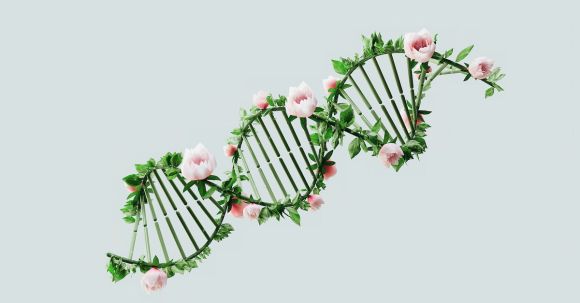Gene editing with Crispr, short for Clustered Regularly Interspaced Short Palindromic Repeats, has emerged as a powerful tool in the field of biotechnology. It allows scientists to modify an organism’s DNA with precision, opening up a world of possibilities in medicine, agriculture, and beyond. But what is the real potential of this groundbreaking technology?
Revolutionizing Medicine
One of the most promising applications of Crispr is in the field of medicine. With this technology, scientists can potentially cure genetic diseases by editing the faulty genes responsible. This could lead to new treatments for conditions such as cystic fibrosis, sickle cell anemia, and muscular dystrophy, offering hope to millions of people worldwide.
In addition to treating genetic diseases, Crispr could also be used to prevent them. By editing the DNA of embryos, scientists could eliminate disease-causing mutations from future generations. This approach, known as germline editing, has sparked ethical debates, but it could potentially eradicate inherited disorders from the gene pool.
Enhancing Agriculture
Crispr has the potential to revolutionize agriculture by improving crop yields, reducing the need for pesticides, and making plants more resistant to diseases. Using this technology, scientists can introduce beneficial traits into crops, such as drought resistance or increased nutritional value, without the need for conventional breeding methods that can take years or even decades.
By enhancing the genetic traits of crops, Crispr could help address global food security challenges. With a growing population and limited arable land, the ability to produce more resilient and nutritious crops could be a game-changer in ensuring a sustainable and secure food supply.
Conserving Biodiversity
Beyond medicine and agriculture, Crispr could also play a crucial role in conserving biodiversity. By editing the DNA of endangered species, scientists could potentially reverse the effects of genetic disorders that threaten their survival. This could be particularly important for species with small populations and limited genetic diversity, where even a single harmful mutation could have devastating consequences.
Furthermore, Crispr could be used to combat invasive species, which can wreak havoc on ecosystems. By modifying the genes of these species, scientists could potentially make them less harmful or even eradicate them altogether, helping restore balance to fragile ecosystems.
Ethical Considerations
While the potential of Crispr is vast, it also raises important ethical considerations. The ability to edit the human germline, for example, raises concerns about the long-term consequences and potential for unintended consequences. The ethical implications of altering the genetic makeup of future generations are profound and require careful consideration and regulation.
Furthermore, the accessibility and affordability of Crispr technology are also important factors to consider. Ensuring that this technology is available to all, rather than limited to a select few, is crucial to avoid exacerbating existing inequalities.
Conclusion: Embracing the Potential
The real potential of gene editing with Crispr is vast and far-reaching. From revolutionizing medicine to enhancing agriculture and conserving biodiversity, this technology offers unprecedented possibilities. However, it is crucial to approach these advancements with caution and address the ethical considerations they raise. By embracing the potential of Crispr while respecting the values and concerns of society, we can navigate this new frontier of science and technology responsibly and unlock its true benefits for humanity and the environment.





